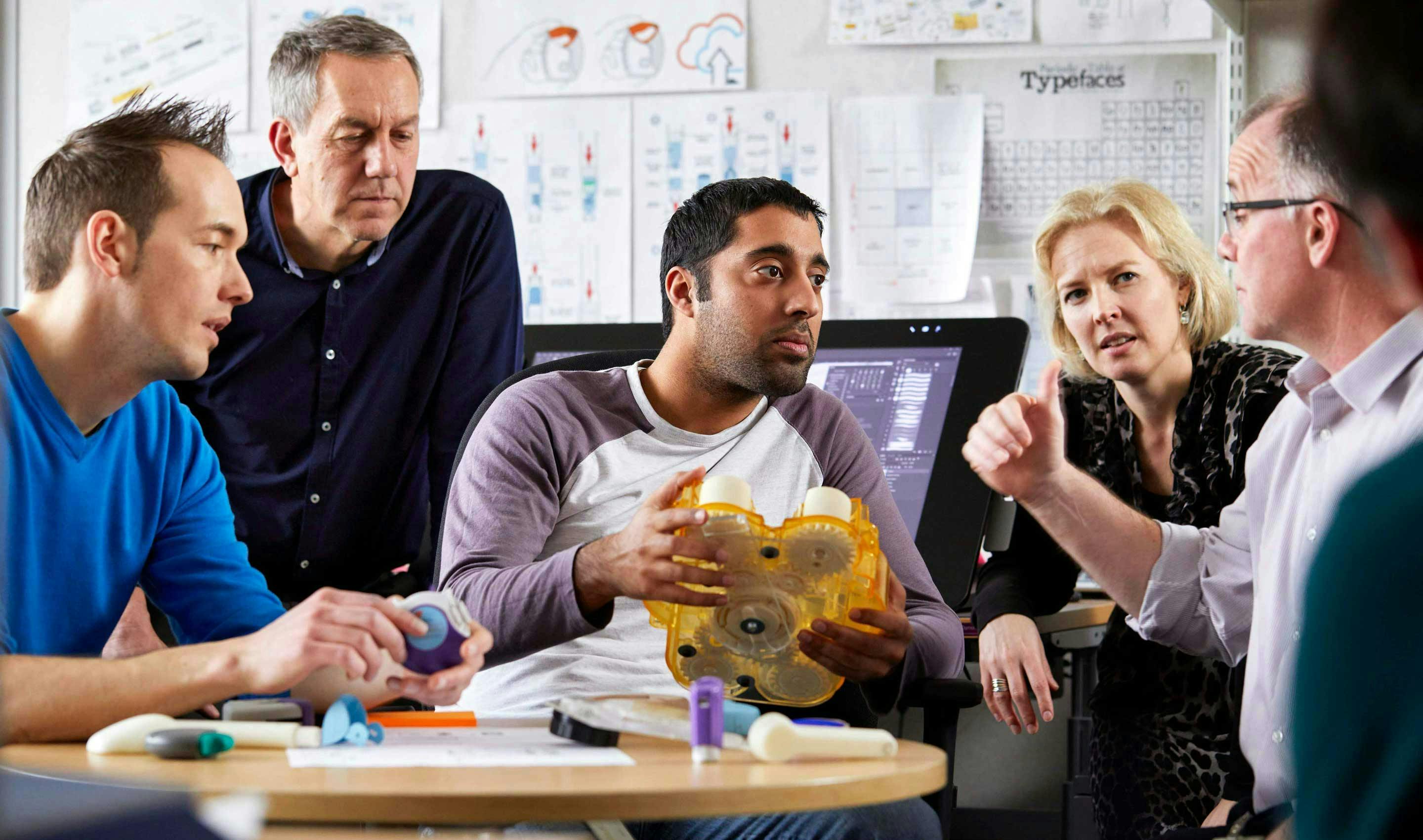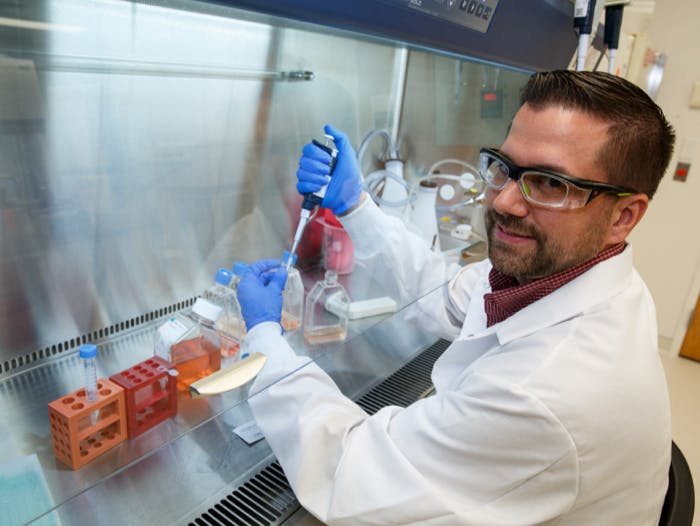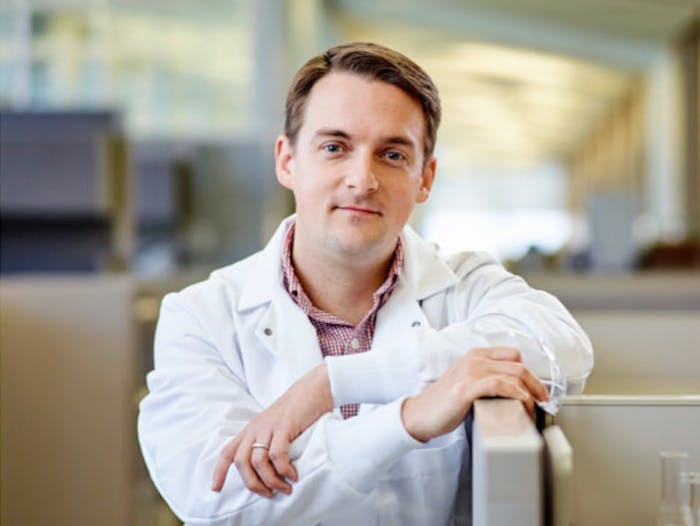After witnessing the dramatic, deadly rise of HIV in the 1980s, the idea of ending the epidemic may have seemed impossible to many. However, through incredible advancements made over the past 45 years, including biomedical breakthroughs in how we prevent and treat the virus, the goal of ending the epidemic is indeed possible. And yet, progress toward lowering HIV incidence is stalling, with around 1.3 million new individuals acquiring HIV in 2023.
Furthermore, of the nearly 40 million people who are currently living with HIV worldwide as of 2023, about 5.4 million are unaware of their status and over 11 million are not considered virally suppressed, creating the environment that allows this epidemic to continue to spread.1
We must now answer a difficult question. As asked by Dr. Anthony Fauci, Director of the National Institutes of Allergy and Infectious Diseases, “So why does this global pandemic continue to rage? It is not that we lack the medical advances and interventions to end the pandemic. It is that our proven tools have not been implemented adequately or uniformly.”
This is exactly the challenge that implementation science seeks to understand and address.
Exploring Implementation Science
Implementation science focuses on improving the delivery of care in the often-complicated “real world,” with the goal of identifying what works best, why it works and how findings can be applied to improve lives.
At the heart of implementation science is the recognition that there are fundamental differences between the way HIV prevention and care is delivered in a clinical trial or research setting compared to what happens in the real world.
For example, a physician might be able to prescribe effective medicines available to treat or prevent HIV, but if a patient has difficulty getting transportation to and from a clinic or pharmacy, care and treatment become inaccessible. Unconventional working hours, child and family care demands and the availability of services or resources can all act as barriers to the successful implementation of HIV prevention and treatment programs.
By identifying and closing the gaps in actual, real-world practice that prevent the benefits of scientific innovation, we can make real progress in improving outcomes for both people living with HIV and those who could benefit from PrEP. The reality is that customized approaches are needed. In moving from research settings to real-world environments, the delivery of healthcare is quickly met with the complexities of culture, economics, behavior, gender, social circumstances and political environments that must be adequately considered.
An enduring commitment to implementation science
We believe implementation science is vital in addressing the challenges of delivering HIV care in real-world settings. As part of this commitment, implementation science studies led or supported by ViiV Healthcare are ongoing globally to explore a variety of issues that include improving access to testing and clinical care, and also identifying ways to make it easier for people living with HIV and those who could benefit from PrEP to take their medicines regularly. We are collaborating with the broader HIV community to close the implementation gaps between evidence, policy and practice. We have also developed several initiatives to define best practices and interventions that can effectively close the gaps from HIV diagnosis to the successful treatment and management of HIV, as well as support those who could benefit from PrEP.


Through our support for implementation science, we are committed to solving real-world challenges to successful HIV prevention and treatment. Developing innovative healthcare solutions, smarter policies and practices will make an HIV-free future possible for the next generation.
Reference
- UNAIDS. Global HIV & AIDS statistics – 2020 fact sheet. Available at: https://www.unaids.org/en/resources/fact-sheet. Accessed May 2025.
RELATED TOPICS
Since the advent of highly active antiretroviral therapy HIV has become a long-term health condition, as many people living with HIV with access to treatment are now living longer, healthier lives than before. However, Positive Perspectives study results indicate that many people living with HIV still aspire to treatments that have even less impact on quality of life.
The needs of people living with HIV change over time, and we‘re exploring new ways of treating and preventing HIV through new mechanisms of action and drug delivery.
Discover how we work with leading researchers and academic groups to innovate and bring the best science to HIV treatment, prevention and care.



